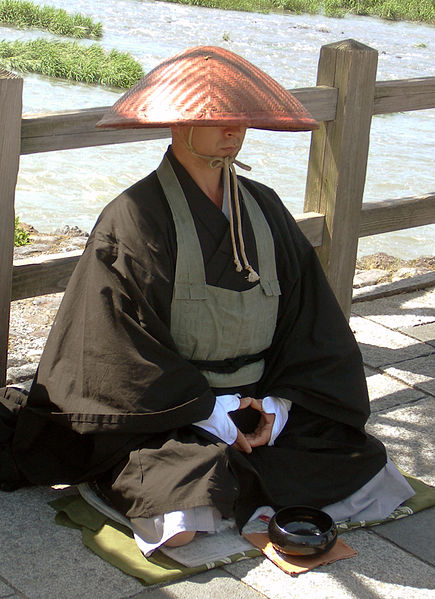"When you stand fifty feet in the air at the top of a telephone pole and look at the infintesimally thin wire you're trying to cross, a million thoughts are likely to race through your head: I'll never make it; it's too far; it's too high; the wire's too small, too unsteady; I can't balance on this thing; I'll kill myself; this is crazy; it has nothing to do with 'real courage'; and so on. The squirrel on the other hand, just scurries across the wire without thinking. Of course, that's because squirrels cannot think. Their sensory system receives sights, sounds, tastes, smells, and touches. Their brains are able to process this information, act accordingly, and execute skillful patterns of behavior. The human brain can do all of this, but it can also complicate matters: We can evaluate the sensory information and the situation, analyzing all the angles, and then intentionally train ourselves to improve our performance - all qualities of the Training Mindset. This ability to reason, evaluate, and make rational calculations is what separates us from other animals, and surely such rationality is a blessing in life - except when you are performing under pressure. Then you want to put aside the Training Mindset and respond to the stimuli bombarding you as much like a squirrel as is humanly possible."
- From Overachievement by John Eliot, Ph.D.
In Japanese, there is a word, 無心 (mushin), which means "no mind" and, in the martial arts, it is the surrender of ego and self-consciousness that often hinders performance. It is a concept that we understand instinctively from birth and gradually lose as we fine tune our all-important "critical thinking skills". Develop your 無心. Be the squirrel.


























